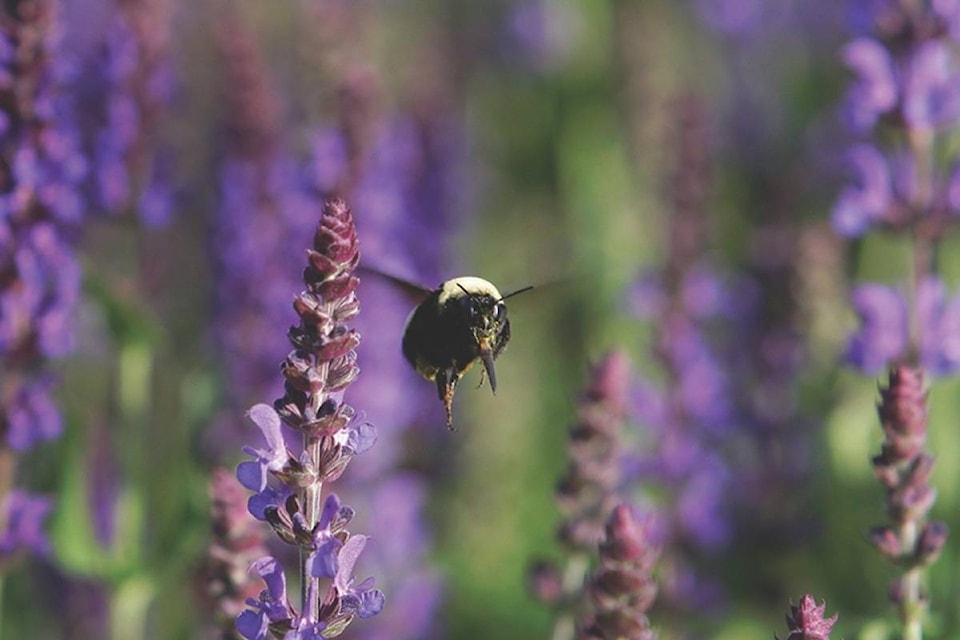Drying the late summer leaves and flowers for winter use was a skill used by rural women all over America. Before refrigerated florists, getting any flowers in winter was impossible. The way they got around it was to dry all they could in late summer. Knowing what to pick and what colors share greatest longevity were time-learned skills passed down from mother to daughter. Your herbs, both perennial and annual, have lots of growth, so there are opportunities to add fragrance and flavoring to your flower drying efforts as well.
Flowers that bloom in the late summer with thick flower petals are among the best choices for drying. Thin gossamer petals shrivel too much and don’t hold their color. Marigolds, zinnias, asters, chrysanthemum and goldenrod are the traditional choices. However, annuals and perennials promptly deadheaded in early summer may bloom modestly a second time in the fall. These blooms are ideal for drying due to their smaller size.
Another factor that influences what you dry is flower color. Drying causes some to fade or darken unexpectedly.
For example, red and magenta tend to turn brownish when dried. Better choices are white, light blue, pink, gold and orange.
The first time around, dry every color you want to, then determine which ones work best for your taste.
One of the most common ways folks fail with their flower drying is bugs.
What typically happens is small caterpillars show up on the drying plants and proceed to consume them rapidly.
By the time they are discovered, the damage is done. This is because the leaves, stems and flowers you cut from the garden will likely contain eggs of a variety of insects.
Many are too small to see, but you’ll be shocked at the results after they hatch.
To make sure you don’t import bugs into your dried plants and flowers, give them a thorough water spray and inspection. The kitchen sink sprayer works well to hose off the plants with pressure that detaches many of the eggs and kills others. This also eliminates aphids and other tiny bugs too. Spray wash followed by air drying each stem on a towel also removes spores of mildew and other fungi that too often discolor plant material during the drying period.
Once clean and dried, it’s time to bundle your plants by their stems.
A thick rubber band gradually tightens as the stems dry and shrink, making sure they hold together tightly the whole time.
While plants dry, keep them in the dark to preserve color. Make sure there is good air circulation to speed the process particularly in humid areas. Where there is further insect concern during drying, just cover each bundle in fine petticoat netting until dry.
For all the bits and pieces left over from your garden, wash and dry these on a salvaged window screen.
Put it in the rafters to stay out of the wind and out of the way for the short time these take to dry. This brings all your plants and flowers into your own personal tea and potpourri gifts made from a “salad” of dried materials accented with a few drops of essential oil.
If you love this late season drying of your declining garden flowers, consider planting everlasting annual statice and strawflowers next year.
Both grow easily from seed and are widely available. These are the traditional dried flowers used in so many kinds of arrangements you buy at the store.
TIP: Put whole bay leaves into your packages of dried plants to keep pantry moths away.
Since the founding of this country, gardeners and rural women have practiced the skill of drying plants for winter.
Back then she knew it would be a long and dark season in her house with natural dyes, handspun and candlelight.
So when she could have dried flower arrangements in January, they chased away the melancholy of those cold dark days after the lights of Christmas fade.
